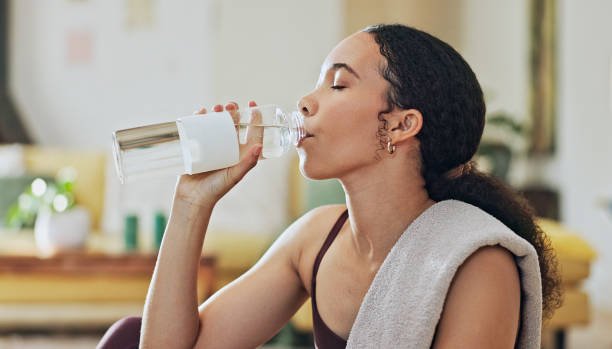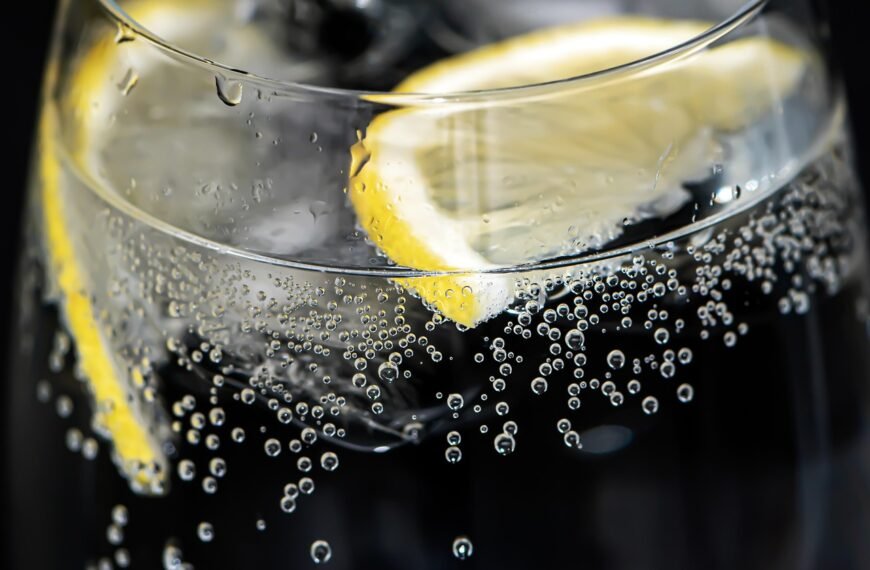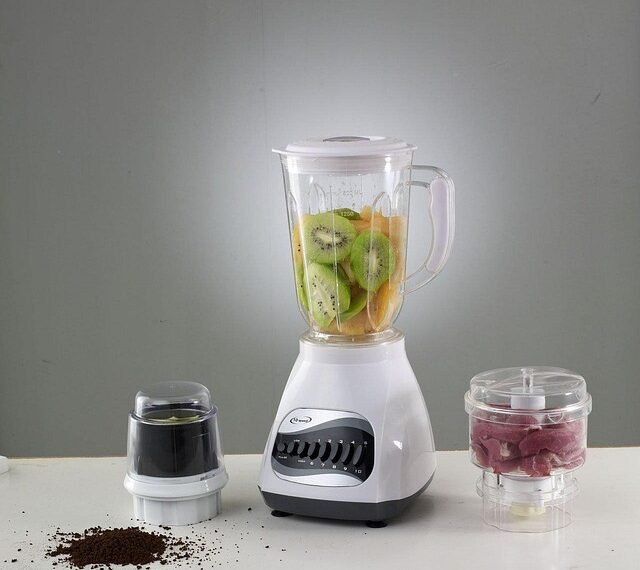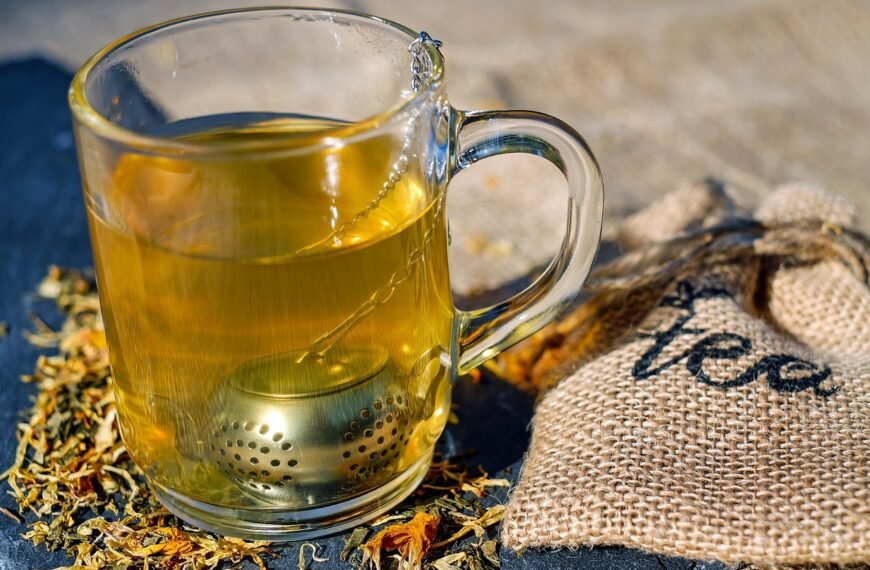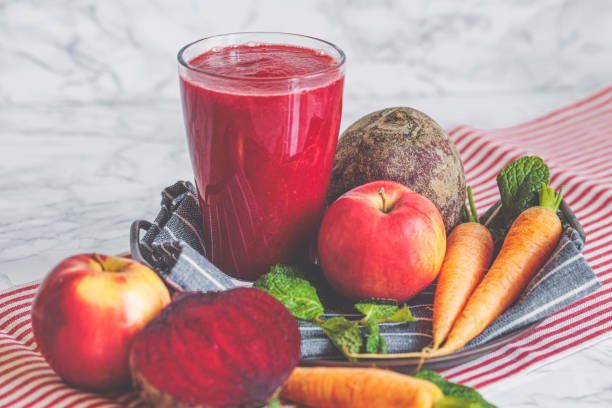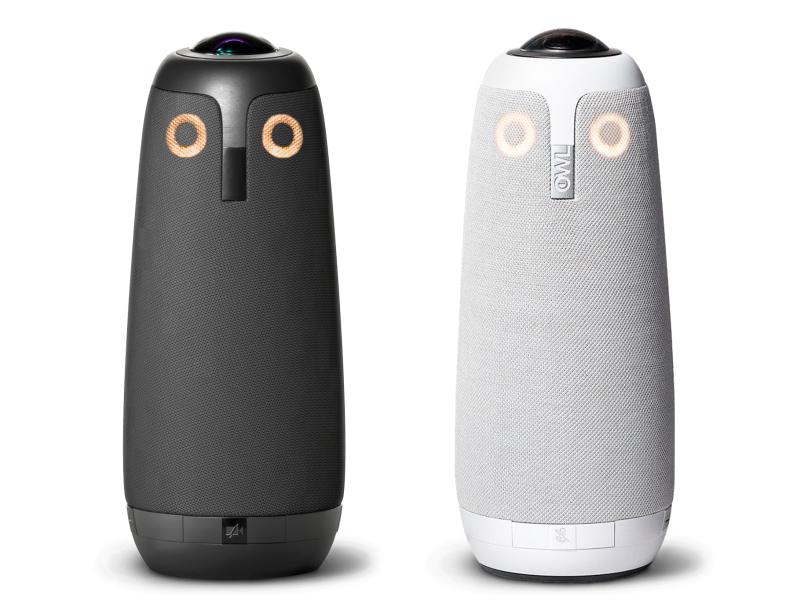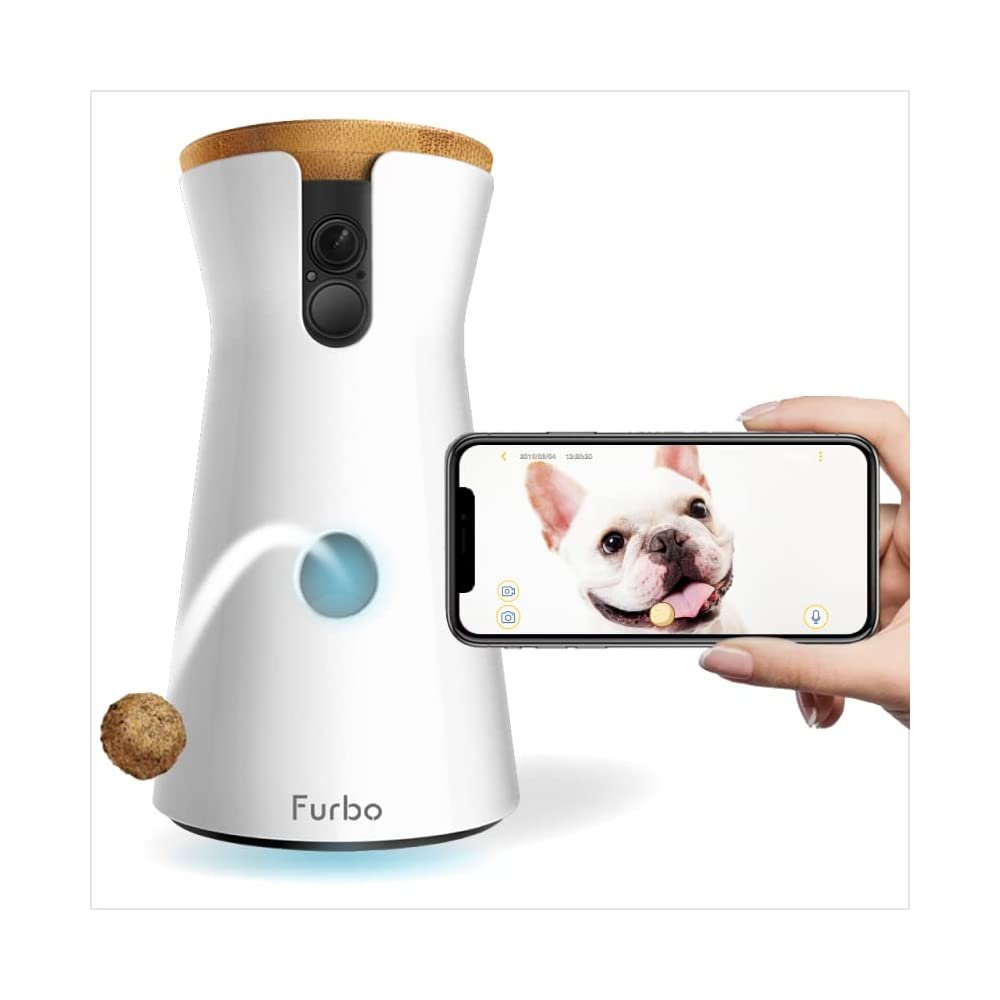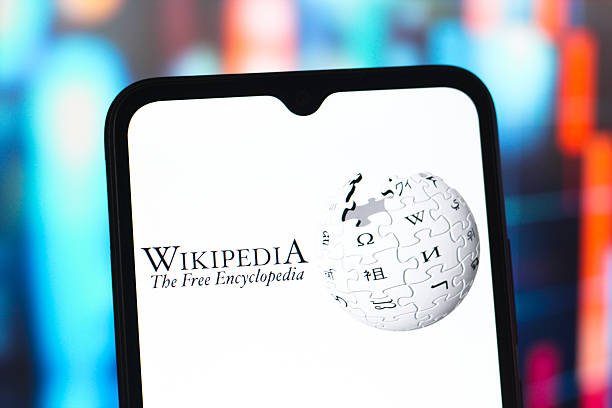Reusable water bottles are great for staying hydrated and reducing plastic waste—but they can also become breeding grounds for bacteria if not cleaned properly. Every sip you take introduces microbes from your mouth, hands, and surroundings into the bottle, allowing bacteria to multiply rapidly. So, how dirty is your water bottle, and what can you do about it?
The Hidden Bacteria in Your Bottle
Studies show that within 24 hours, a water bottle can go from containing 75,000 bacteria per millilitre to over 2 million. Even tap water, which is generally safe, isn’t sterile—and when left at room temperature, bacteria thrive. If you add sugary drinks, protein shakes, or coffee, the problem gets worse, as these liquids feed bacteria and mould.
Worse yet, E. coli and other harmful bacteria can enter your bottle from unwashed hands or poor toilet hygiene. Sharing bottles also increases the risk of spreading viruses like norovirus. While most bacteria won’t make you sick, people with weakened immune systems or those recovering from antibiotics could be at higher risk.
How to Clean Your Bottle Properly
Simply rinsing with cold water isn’t enough. Bacteria form biofilms—slimy layers that cling to surfaces—and these require thorough cleaning. Experts recommend:
- Hot water (above 60°C/140°F) to kill pathogens
- Dish soap and a bottle brush to scrub all parts (lid, straw, and spout included)
- Air-drying to prevent moisture-loving bacteria
- Dishwasher sanitization cycles (if your bottle is dishwasher-safe)
If your bottle starts smelling funky, it’s time to replace it—no amount of cleaning will fully remove deeply embedded bacteria.
Which Bottle Material is Best?
While plastic bottles are lightweight and convenient, they can:
- Harbour more bacteria than stainless steel or glass
- Leach chemicals like BPA into your water
- Break down into microplastics over time
Stainless steel or glass bottles are easier to clean and don’t release harmful substances, making them a safer long-term choice.
Final Tip: Wash Your Hands Too!
Even the cleanest bottle won’t stay germ-free if you handle it with dirty hands. Make handwashing part of your routine before refilling.
By cleaning your bottle daily (or at least several times a week), you can keep bacteria at bay and enjoy safe, fresh-tasting water every time.

